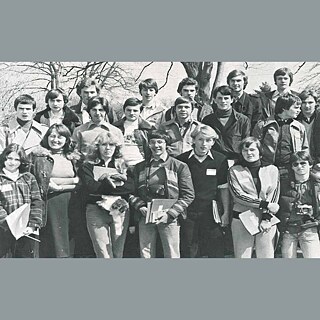GAPP participation multiplied during the early 1980s, and the entire decade was a period of rapid expansion for the program. With increasing participation numbers from both Americans and Germans, the program received more financial support from various governmental and private sources. School partnerships increased from a few dozen in the 1970s to 149 by 1982. Over the rest of the decade, this number would rise to over 600.
German Participation Numbers Elevate
PAD’s assistance made the German side of operations far more manageable, and each part of the exchange process became increasingly efficient. As a result, participation numbers for German students, having been just under 2,000 in 1982, would more than triple to 6,025 by 1989. Total students would also grow dramatically, from 3,404 to over ten thousand.
Today, almost 800 schools are partnered with GAPP, and more than 400,000 students have participated in exchanges. This massive increase from its humble beginnings is largely due to cooperation by the German government, and the assistance PAD had provided over the years.
Changes Begin To Occur In Germany
During the 1980s, relations between the U.S. and East Germany had reduced in hostility, with students making day trips into East Berlin and other areas close to the border. As the decade progressed, Soviet control over East Germany, and many of the nations they occupied after World War 2, began to weaken. East Germans started to flood to the Western side, setting the stage for the fall of the Eastern Bloc nations.
As East Germany began to fall apart, GAPP students would be more restricted in their ability to cross the border between East and West. Nevertheless, a handful of exchange students were present in Germany for a monumental moment in world history: The fall of the Berlin Wall and the reunification of Germany.
